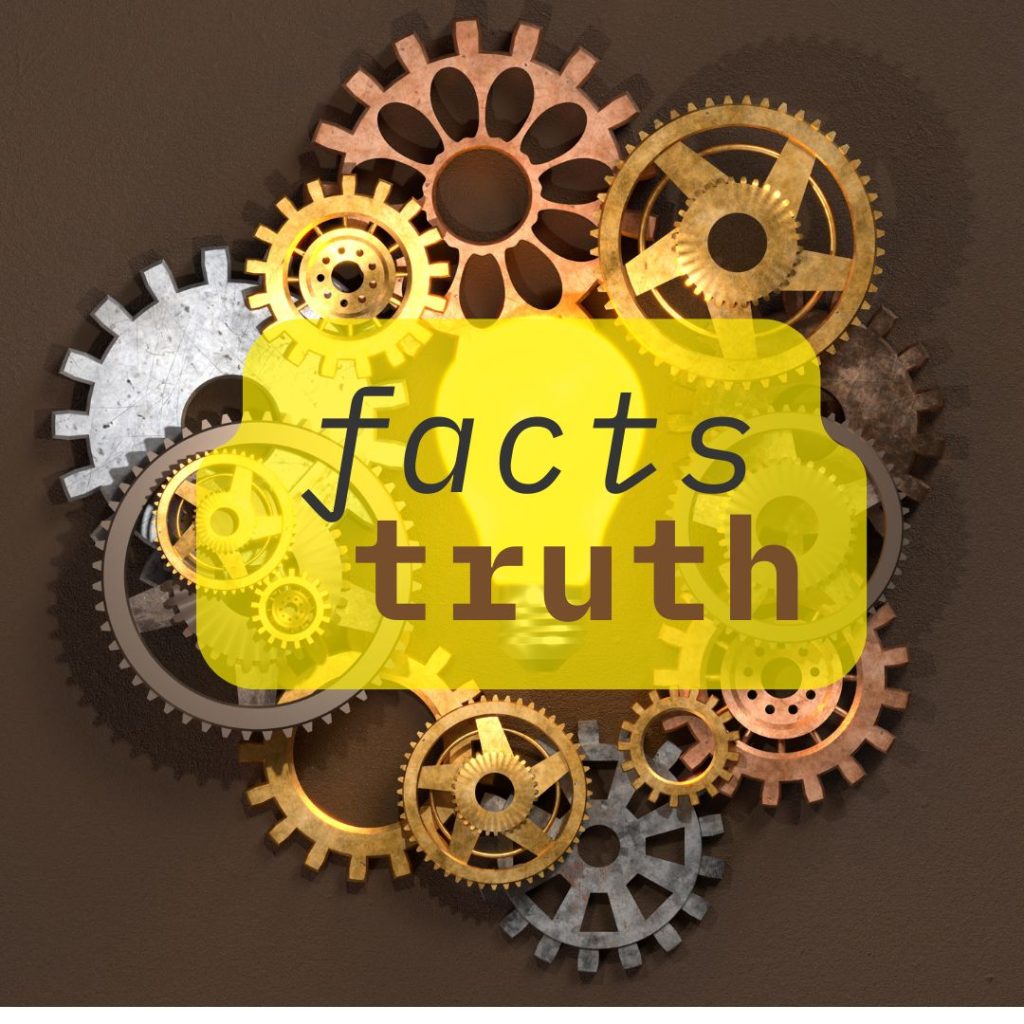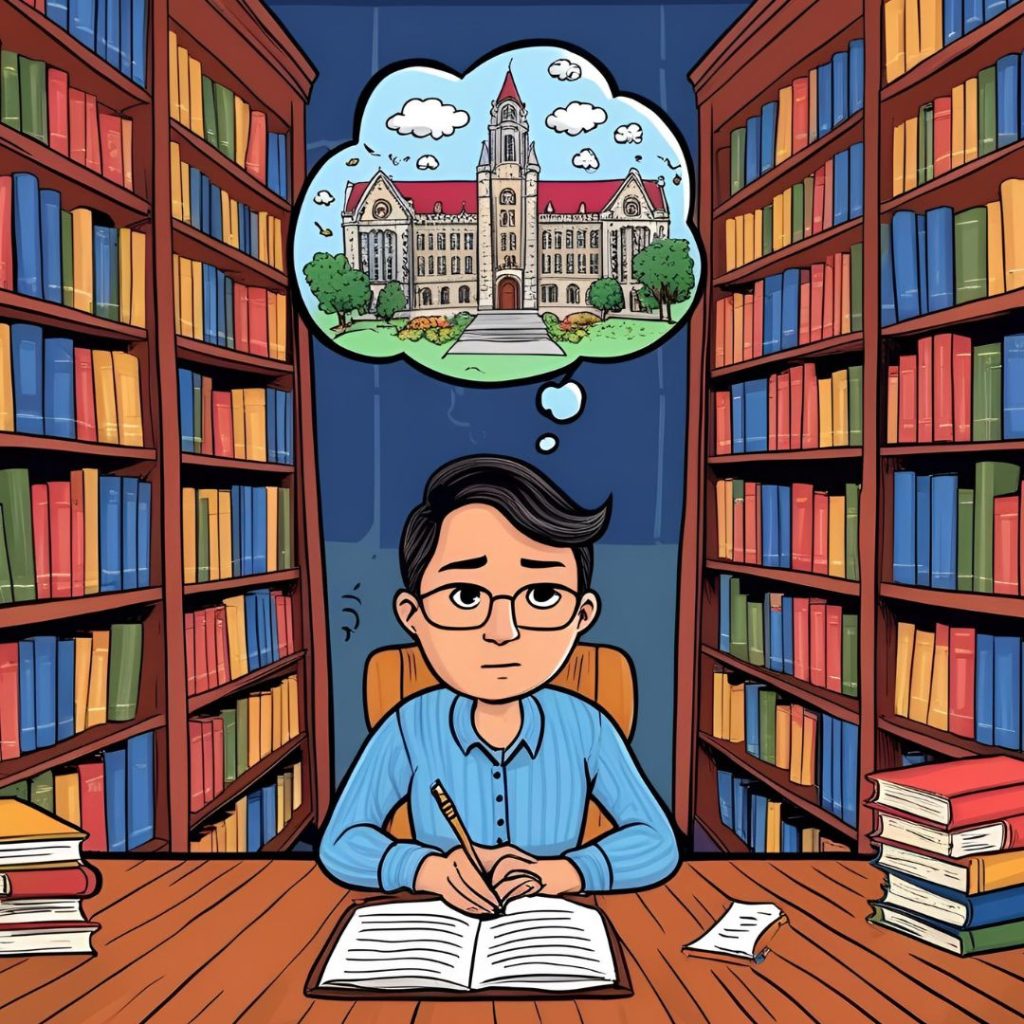Defining Truth in a True Story: Fact vs Truth in Creative Nonfiction Narratives
Hannah Noel
When one sits down to read a creative nonfiction book, such as a memoir or biography, it is natural to expect accurate, factual information. After all, it’s in the name of the genre. Nonfiction. No fiction here!

Yet there can be some confusion involved in the writing or reading of creative nonfiction. When there is no information on the emotions of a certain historical figure, or if the author of an autobiography forgets aspects of an old anecdote, should the whole book be thrown out, denounced as nothing but tall tales? Certainly not! But it does raise the question: What is the line between truth, fact, and fiction?
Firstly, we should establish the difference between nonfiction and creative narrative nonfiction. Both genres focus on conveying accurate details about a situation or person; the difference is in the execution. A purely nonfiction book reads like a textbook, focused on transferring brute information to an audience. Creative nonfiction narratives aim to convey facts through storytelling. These stories might take the form of memoirs or autobiographies.
The nature of creative nonfiction writing requires one to interpret real events through a narrative lens. Even diaries and journals are filtered through a biased human perspective and the faulty trap of human memory. If one wishes to write a nonfiction narrative, one must accept that, occasionally, liberties must be taken. When deciding what information to stretch, there are certain factors to take into consideration. Authors should write with integrity and transparency, especially when claiming their stories are factual. Authors should also consider the purpose of the story when ranking their priorities.

Say you want to write a creative nonfiction piece about starting college. If your goal is to accurately portray the college application process, you might research your school’s website for the requirements rather than relying on memory alone. On the other hand, if you wanted to write an encouraging piece about how you dealt with freshman year roommate drama, you would likely lean more on your memory. In this example, the purpose is to share a story of personal conflict, even when you might not remember all the details of the drama between you and your roommate. Therefore, specific details might not have as much importance as the authenticity of the experience. At least, you would be able to expand on what you remember in order to convey the emotion. Though the facts in the story might become occasionally unclear, you can still write a truthful story.
Historical creative nonfiction stories are a bit trickier, but the same measure still applies. What you as the author expand on is a product of your available information and the purpose of your story. Of course, this heavily relies on authorial integrity. If a story becomes more speculative than factual, then there is no need to label it as creative nonfiction. It is important to recognize the responsibility you hold as an author over the details you convey as reality.
At the end of the day, creative nonfiction writing should be seen as a branch of nonfiction, being built on a foundation of proven events, but taking aspects of narrative to engage the audience emotionally. Emotion and experience provide a resonating truth that facts and figures can overlook. Writing creative nonfiction narratives allows one to expand on available information in order to depict the honest perspectives and feelings surrounding the events of the story. Though both are necessary, it is important to recognize the difference between definitive fact and authentic truth when writing a creative nonfiction narrative.
0 Comments